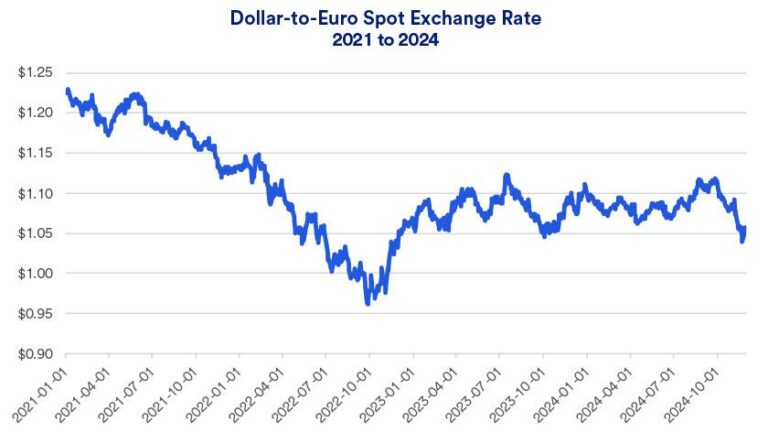The U.S. dollar exchange rate in Argentina has surged to a historic peak, reaching an unprecedented AR$1,380, according to the Buenos Aires Herald. This marked escalation underscores the mounting economic challenges facing the South American nation, where inflation and currency devaluation continue to strain both businesses and consumers. The latest figures highlight growing concerns over Argentina’s financial stability and the widening gap between official and parallel exchange rates.
U.S. Dollar Exchange Rate Surges to Record Levels in Argentina
In a dramatic turn for Argentina’s economy, the U.S. dollar exchange rate surpassed all previous records, reaching AR$1,380 amid rising inflation and persistent market uncertainties. This sharp increase reflects mounting pressure on the Argentine peso, which continues to depreciate against the dollar due to a complex combination of fiscal deficits, limited dollar reserves, and ongoing negotiations with international creditors. Experts warn that this unprecedented surge may exacerbate the cost of living and put additional strain on businesses that rely heavily on imports.
Key factors driving the exchange rate surge include:
- High inflation rates reducing purchasing power
- Restricted access to foreign currency through official channels
- Investor uncertainty amid political and economic instability
- Growing demand for dollars as a safe-haven asset
Below is a snapshot of the exchange rate trend over recent months:
| Month | Exchange Rate (AR$ per USD) |
|---|---|
| January 2024 | AR$1,120 |
| March 2024 | AR$1,250 |
| June 2024 | AR$1,380 |
Economic Impact on Inflation and Consumer Purchasing Power
The surge of the U.S. dollar to an unprecedented AR$1,380 has triggered a pronounced ripple effect across Argentina’s economy, intensifying inflationary pressures that have already been a persistent challenge. With imports becoming more expensive due to the weakened peso, businesses face higher production costs which are inevitably passed on to consumers. This dynamic fuels a cycle of price increases that erode the purchasing power of everyday Argentines, hitting the most vulnerable populations hardest. Key sectors, including food, fuel, and healthcare, have seen sharp price escalations, further straining household budgets and forcing many to reassess their spending habits.
This economic turmoil has led to a noticeable shift in consumer behavior marked by:
- Reduced discretionary spending, with families prioritizing essentials over luxury goods.
- Increased reliance on informal markets where goods may be cheaper but lack regulatory protections.
- Heightened demand for price-stable foreign currencies, as protection against domestic inflation.
The accompanying table highlights how inflation rates correlate with declining real income over the past year:
| Quarter | Inflation Rate (%) | Real Income Change (%) |
|---|---|---|
| Q2 2023 | 12.4 | -4.3 |
| Q3 2023 | 14.1 | -5.6 |
| Q4 2023 | 16.7 | -7.2 |
| Q1 2024 | 18.3 | -8.0 |
Strategies for Businesses and Consumers to Navigate Currency Volatility
In light of the unprecedented surge of the U.S. dollar against the Argentine peso, businesses must adopt robust financial tactics to mitigate risks associated with currency instability. Key strategies include locking in exchange rates via forward contracts and diversifying supplier and customer bases to reduce dependency on imported goods priced in USD. Additionally, maintaining a dynamic pricing model that can be adjusted swiftly in response to currency fluctuations offers agility in volatile markets. Cost management should focus on local procurement when possible, and leveraging digital payment platforms can also expedite currency conversions and reduce intermediary fees.
Consumers, meanwhile, are advised to take a cautious but proactive approach to personal finances amid these shifts. Protecting purchasing power can involve converting some savings into stable foreign currencies or precious metals and prioritizing essential over discretionary spending. Financial literacy plays a crucial role; understanding inflationary trends and currency movement empowers consumers to make informed decisions about loans, investments, and day-to-day expenses. Below is a simple guide outlining practical actions for both stakeholders:
- Businesses: Utilize hedging instruments, diversify currency exposure, and review supply chains.
- Consumers: Preserve savings in hard currencies, budget carefully, and stay informed on economic indicators.
| Stakeholder | Recommended Action | Expected Benefit |
|---|---|---|
| Businesses | Forward contracts and local sourcing | Cost predictability and reduced currency risk |
| Consumers | Savings diversification | Protection against peso depreciation |
Concluding Remarks
As the U.S. dollar exchange rate in Argentina reaches an unprecedented AR$1,380, the economic landscape remains volatile, raising concerns among businesses and consumers alike. Observers will be closely monitoring government responses and potential policy measures aimed at stabilizing the peso amid ongoing inflationary pressures. The situation underscores the challenges facing Argentina’s economy as it navigates a complex mix of domestic and international financial dynamics.




